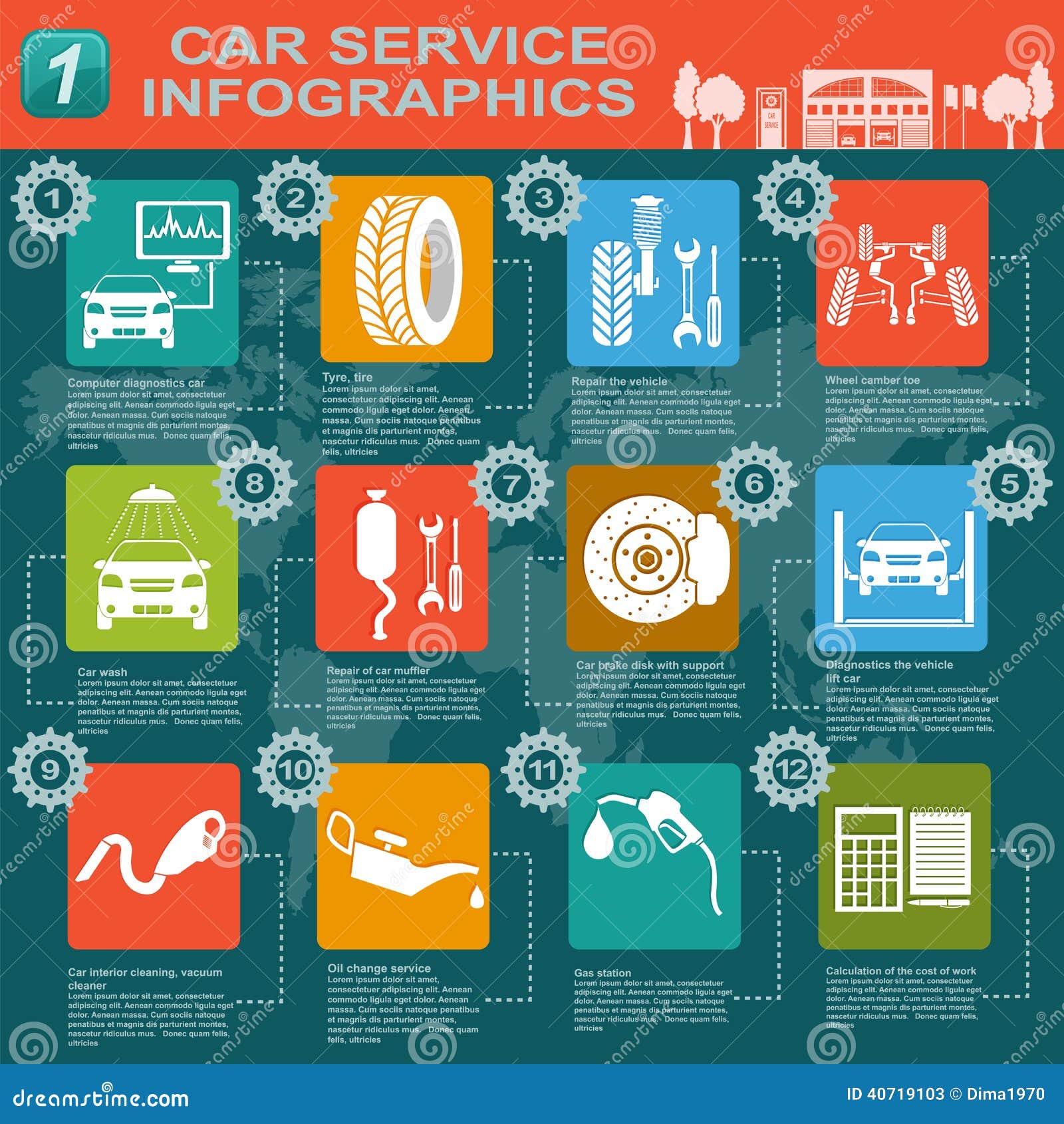Fascinated In Comprehending The Caution Lights On Your Automobile'S Control Panel? Discover Their Value For Your Lorry'S Safety And Total Condition
Fascinated In Comprehending The Caution Lights On Your Automobile'S Control Panel? Discover Their Value For Your Lorry'S Safety And Total Condition
Blog Article
Web Content Develop By-Faulkner Corbett
When you lag the wheel, those radiant warning lights on your dashboard can be a little bit difficult. Do you understand what they're trying to inform you regarding your vehicle's wellness? Understanding the significance of these lights is important for your security and the longevity of your car. So, the following time among those lights pops up, would not you want to understand its message properly and take the required steps to address it?
Common Caution Lighting and Interpretations
Identify usual caution lights in your vehicle and understand their meanings to make certain secure driving.
The most regular caution lights consist of the check engine light, which signals problems with the engine or discharges system. If this light comes on, it's essential to have your automobile inspected immediately.
The oil stress advising light suggests reduced oil stress, calling for immediate attention to avoid engine damages.
https://landentoicx.blogpayz.com/32180465/how-can-mobile-automobile-detailing-transform-your-car-treatment-experience-while-making-certain-high-quality-discover-the-key-factors-to-consider-prior-to-choosing-a-detailer flashing battery light may suggest a damaged charging system, possibly leaving you stranded if not dealt with.
The tire stress tracking system (TPMS) light notifies you to reduced tire pressure, impacting car security and gas effectiveness. Ignoring this could result in dangerous driving conditions.
The abdominal muscle light shows an issue with the anti-lock braking system, compromising your ability to stop promptly in emergency situations.
Finally, the coolant temperature level warning light warns of engine overheating, which can result in extreme damage if not dealt with quickly.
Comprehending these typical caution lights will aid you attend to concerns without delay and maintain safe driving conditions.
Value of Prompt Attention
Comprehending the usual caution lights in your automobile is just the very first step; the importance of quickly resolving these cautions can't be emphasized enough to guarantee your safety when traveling.
When mobile hand car and marine grooming brightens on your dashboard, it's your vehicle's means of connecting a potential concern that needs attention. Overlooking these warnings can result in a lot more extreme troubles down the road, jeopardizing your safety and potentially costing you a lot more out of commission.
Motivate attention to warning lights can stop break downs and mishaps. As an example, a blinking check engine light might show a misfire that, if left neglected, could trigger damage to the catalytic converter. Resolving this without delay can save you from an expensive repair work.
Likewise, a brake system cautioning light might signal reduced brake liquid or used brake pads, important components for your security when driving.
DIY Troubleshooting Tips
If you observe a caution light on your control panel, there are a few DIY troubleshooting pointers you can attempt prior to looking for expert assistance.
The first step is to consult your automobile's manual to recognize what the details caution light indicates. Sometimes the concern can be as simple as a loosened gas cap setting off the check engine light. Tightening the gas cap might settle the trouble.
Another usual concern is a low battery, which can set off numerous advising lights. Examining the battery links for corrosion and ensuring they're safe and secure could deal with the problem.
If a caution light lingers, you can attempt resetting it by separating the vehicle's battery for a few mins and then reconnecting it. In addition, inspecting your automobile's liquid levels, such as oil, coolant, and brake liquid, can aid troubleshoot cautioning lights related to these systems.
Verdict
To conclude, recognizing your vehicle's warning lights is necessary for maintaining your vehicle running smoothly and securely. By immediately attending to these notifies and understanding what they mean, you can stay clear of pricey repairs and potential failures.
Bear in mind to consult your vehicle's handbook for particular information on each cautioning light and take action accordingly to make certain a trouble-free driving experience.
Stay educated, remain secure on the road!
